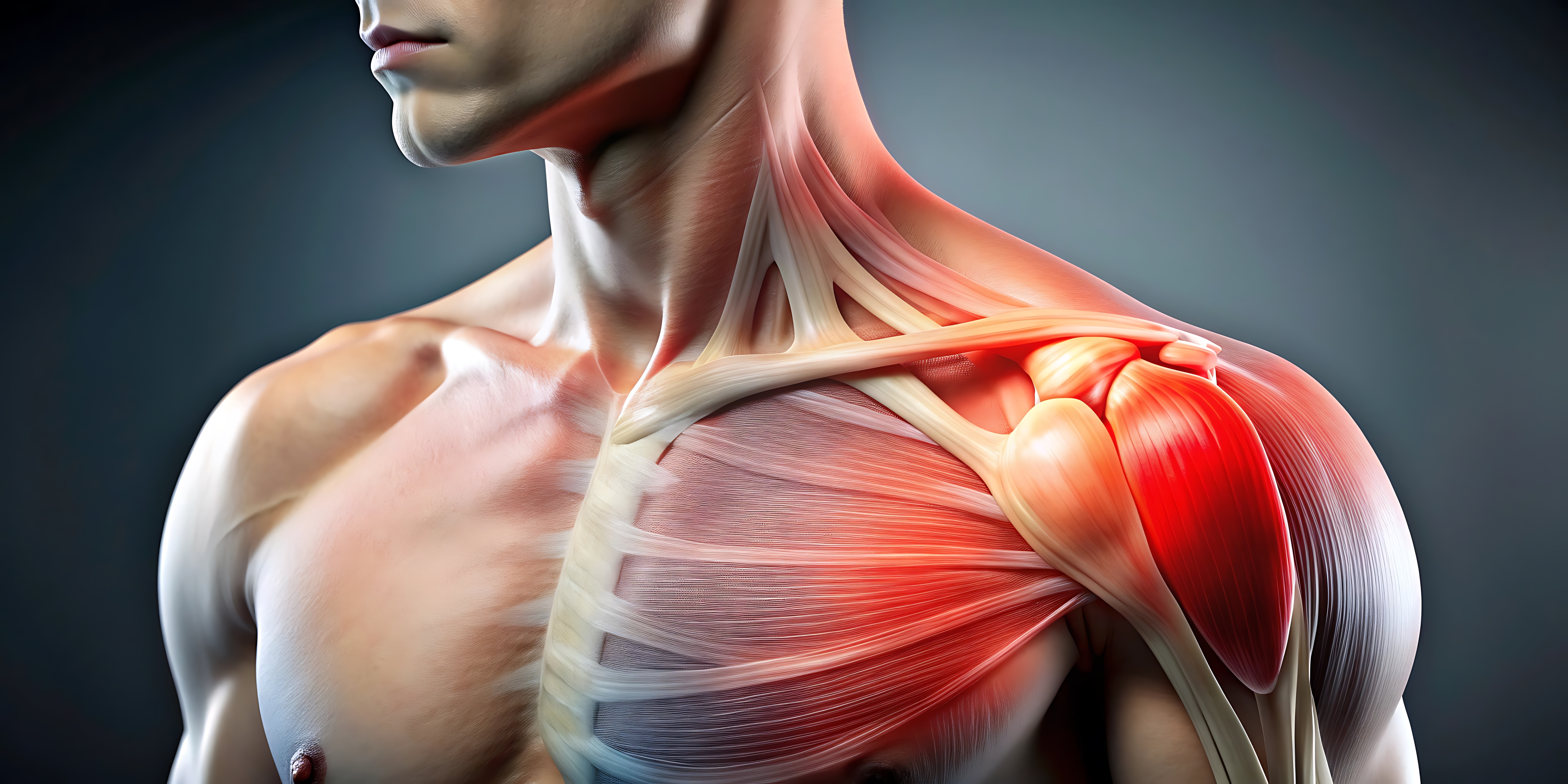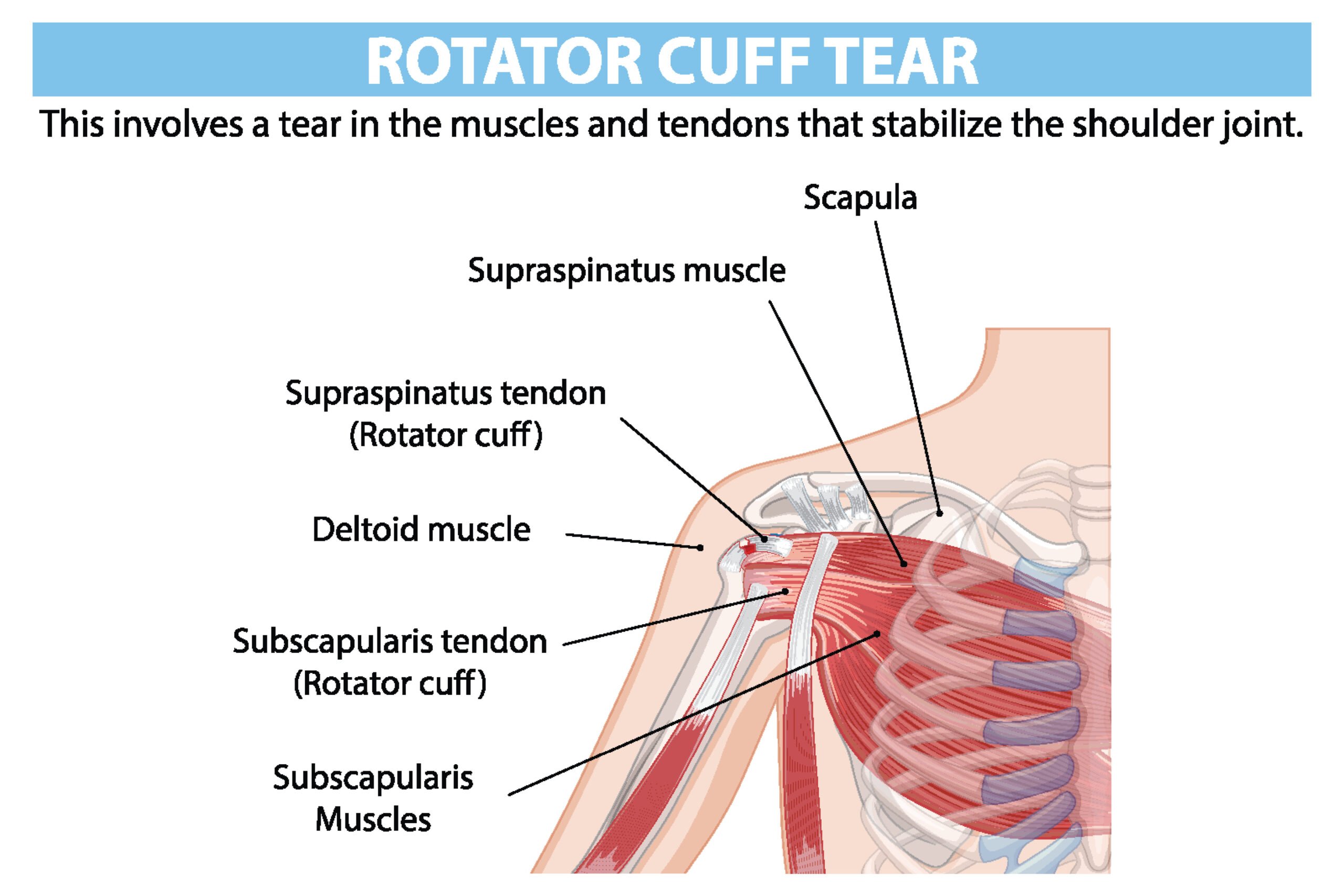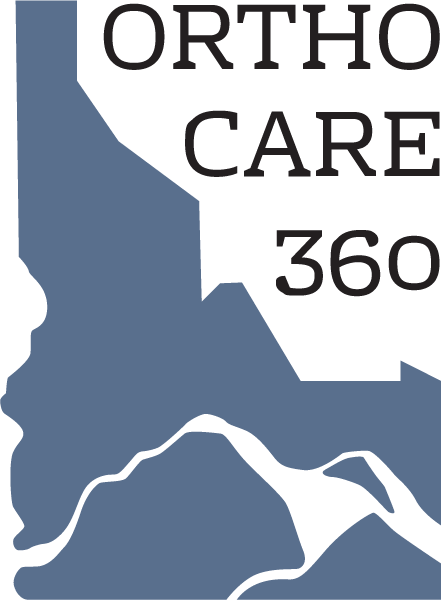
Have you ever felt a sharp, lingering pain in your shoulder? Imagine waking up and realizing you can’t lift your arm without discomfort. This could be more than just soreness—it may be a torn rotator cuff.
Recognizing the early signs is crucial, as untreated injuries can worsen over time. Understanding the symptoms of a rotator cuff tear is the first step toward protecting your shoulder health and seeking proper treatment. So, what should you look out for? Keep reading to learn the key warning signs.
What is the Rotator Cuff?
The rotator cuff is a group of four small muscles and their tendons that stabilize your shoulder joint and allow movement. These muscles include:
- Supraspinatus – Helps lift your arm to the side
- Infraspinatus – Assists in outward arm rotation
- Teres minor – Also supports outward rotation
- Subscapularis – Enables inward arm rotation
These muscles connect your upper arm bone (humerus) to your shoulder, ensuring smooth and stable motion.

How to Tell if You Have a Torn Rotator Cuff
When the rotator cuff is injured, you may notice:
- Pain when lifting your arm or reaching overhead
- Weakness in the shoulder
- A dull ache or sharp pain, especially at night
- Difficulty performing everyday tasks
If you’re experiencing these symptoms, it’s important to seek medical evaluation. A healthcare professional can conduct physical exams and imaging tests to diagnose a rotator cuff tear and rule out other conditions like shoulder arthritis.
Rehabilitation Tips for Shoulder Injuries
A shoulder injury can limit mobility and cause discomfort, but proper rehabilitation can support recovery. Whether you’re dealing with a minor strain or a torn rotator cuff, follow these steps:
✅ Rest & Protect: Avoid activities that cause pain to allow healing
✅ Ice Therapy: Apply ice packs for 10-20 minutes, three times daily, to reduce swelling
✅ Gentle Stretching: Perform light stretches to improve flexibility without straining the muscles
✅ Pain Management: Use over-the-counter medications as needed (consult your doctor first)
✅ Gradual Return: Resume activities slowly, starting with low-impact exercises like swimming
✅ Stay Consistent: Follow your rehab plan daily for the best results
Take Charge of Your Shoulder Health
Understanding the role of the rotator cuff and recognizing the signs of a tear can lead to early treatment and prevent further damage. If you suspect an injury, seek professional medical advice for an accurate diagnosis and tailored treatment plan.
At OrthoCare360, we provide personalized treatment solutions to help you regain mobility and live pain-free—without surgery. Our team specializes in advanced arthroscopic techniques for minimally invasive relief and faster recovery.
Don’t let shoulder pain hold you back. Contact us today and take the first step toward healing!


